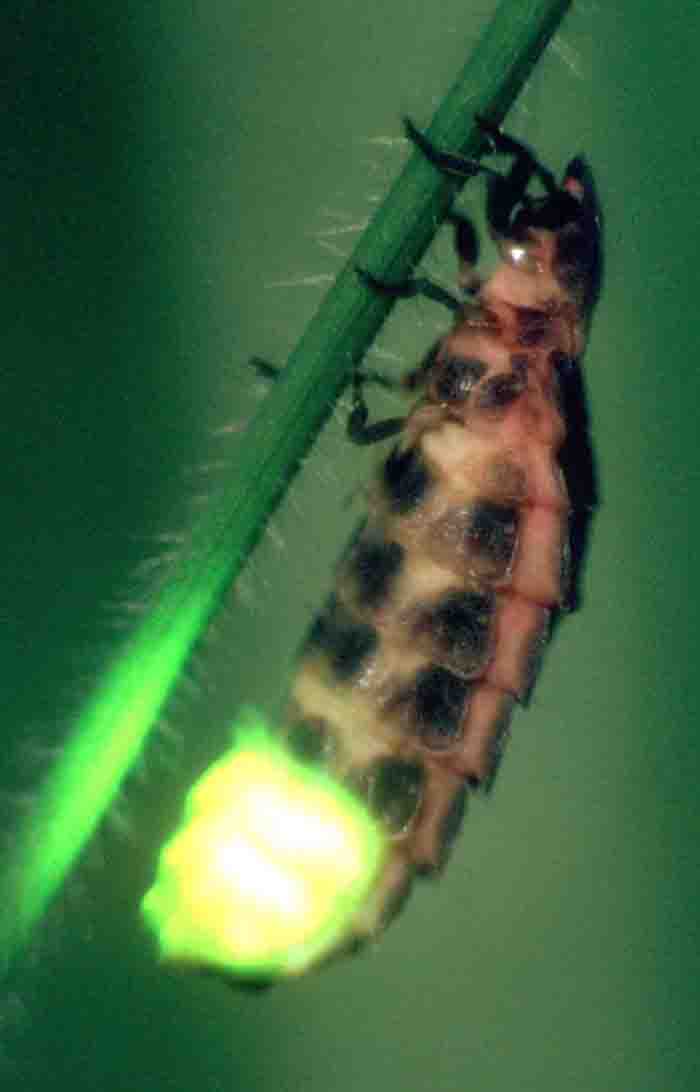
Hudson had encouraged in studies of New Zealand entomology. Unfortunately Norris died as a young man. Norris was an exact observer, and all his descriptions of the behaviour of the glow-worm have proved correct. The distinguished New Zealand entomologist George Vernon Hudson, who died not many years ago, was very interested in glow-worms he encouraged a young friend, Albert Norris, to help him in his observations. Most other well-known fire-flies, or luminescent insects, are beetles, belonging to the family of which the click beetle is a member. Meyrick had noted the peculiar snare that this insect makes, and he rightly thought that the glow-worm might catch insects and eat them, as do spiders. Meyrick thought the light came from the head end, whereas we know it comes from the tail end. The first European scientist who noticed the glow-worm was Meyrick, about 1880, who saw it on the banks of a stream at Auckland. From such lowly ancestors our glow-worm is descended. In the British Isles it is difficult to find an old mushroom which is not being tunnelled by small white mycetophilid worms. Most of the larvae of these fungus flies live on damp rotten vegetation, or they bore in fungi such as mushrooms. This insect belongs to the group of fungus flies, Mycetophilidae, sometimes called shade-flies because they like damp shaded situations.


I think on unsatisfactory grounds, to Arachnocampa luminosa- so let us call it B. The scientific name of this insect is Bolitophila luminosa.


 0 kommentar(er)
0 kommentar(er)
